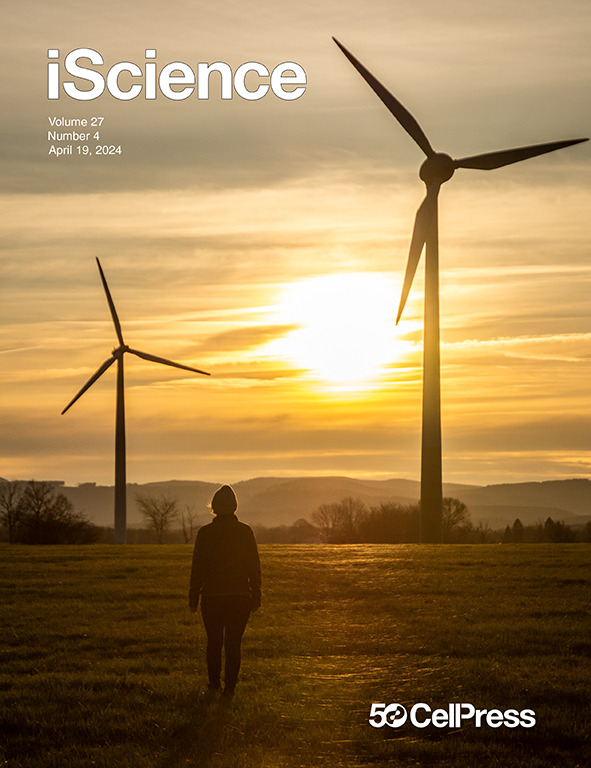Spatial transcriptomics delineates potential differences in intestinal phenotypes of cardiac and classical necrotizing enterocolitis
IF 4.6
2区 综合性期刊
Q1 MULTIDISCIPLINARY SCIENCES
引用次数: 0
Abstract
Necrotizing enterocolitis (NEC) is a devastating neonatal gastrointestinal disease, often resulting in multi-organ failure and death. While classical NEC is strictly associated with prematurity, cardiac NEC is a subset of the disease occurring in infants with comorbid congenital heart disease. Despite similar symptomatology, the NEC subtypes vary slightly in presentation and may represent etiologically distinct diseases. We compared ileal spatial transcriptomes of patients with cardiac and classical NEC. Epithelial and immune cells cluster well by cell-type segment and NEC subtype. Differences in metabolism and immune cell activation functionally differentiate the cell-type makeup of the NEC subtypes. The classical NEC phenotype is defined by dysbiosis-induced inflammatory signaling and metabolic acidosis, while that of cardiac NEC involves reduced angiogenesis and endoplasmic reticulum stress-induced apoptosis. Despite subtype-associated clinical and demographic variability, spatial transcriptomics has substantiated pathway and network differences within immune and epithelial segments between cardiac and classical NEC.
求助全文
约1分钟内获得全文
求助全文
来源期刊

iScience
Multidisciplinary-Multidisciplinary
CiteScore
7.20
自引率
1.70%
发文量
1972
审稿时长
6 weeks
期刊介绍:
Science has many big remaining questions. To address them, we will need to work collaboratively and across disciplines. The goal of iScience is to help fuel that type of interdisciplinary thinking. iScience is a new open-access journal from Cell Press that provides a platform for original research in the life, physical, and earth sciences. The primary criterion for publication in iScience is a significant contribution to a relevant field combined with robust results and underlying methodology. The advances appearing in iScience include both fundamental and applied investigations across this interdisciplinary range of topic areas. To support transparency in scientific investigation, we are happy to consider replication studies and papers that describe negative results.
We know you want your work to be published quickly and to be widely visible within your community and beyond. With the strong international reputation of Cell Press behind it, publication in iScience will help your work garner the attention and recognition it merits. Like all Cell Press journals, iScience prioritizes rapid publication. Our editorial team pays special attention to high-quality author service and to efficient, clear-cut decisions based on the information available within the manuscript. iScience taps into the expertise across Cell Press journals and selected partners to inform our editorial decisions and help publish your science in a timely and seamless way.
 求助内容:
求助内容: 应助结果提醒方式:
应助结果提醒方式:


